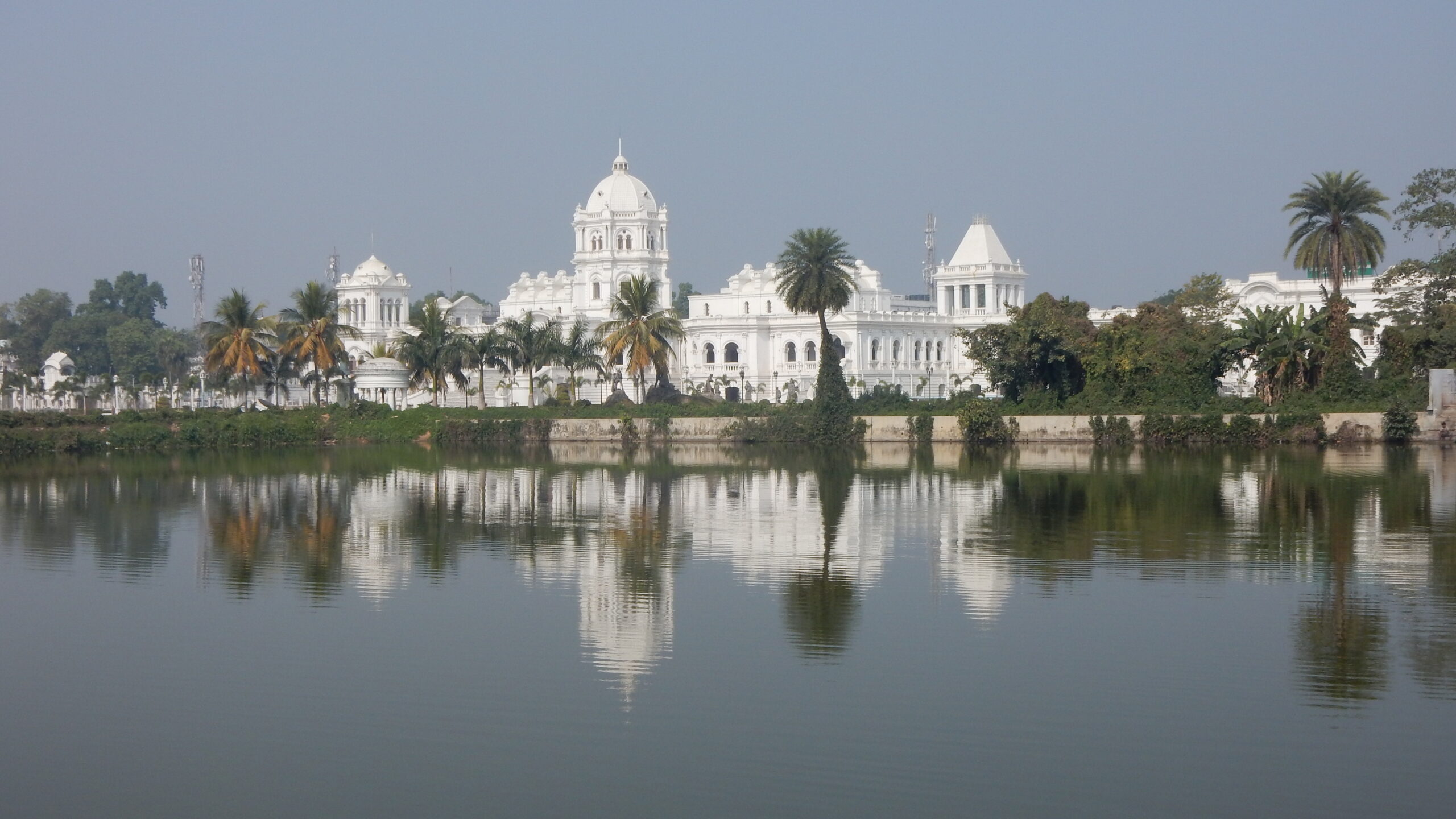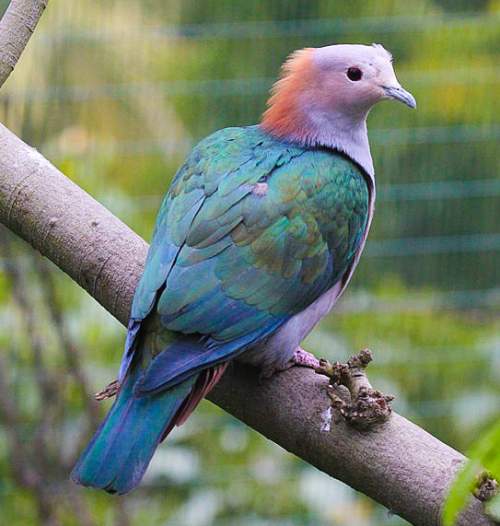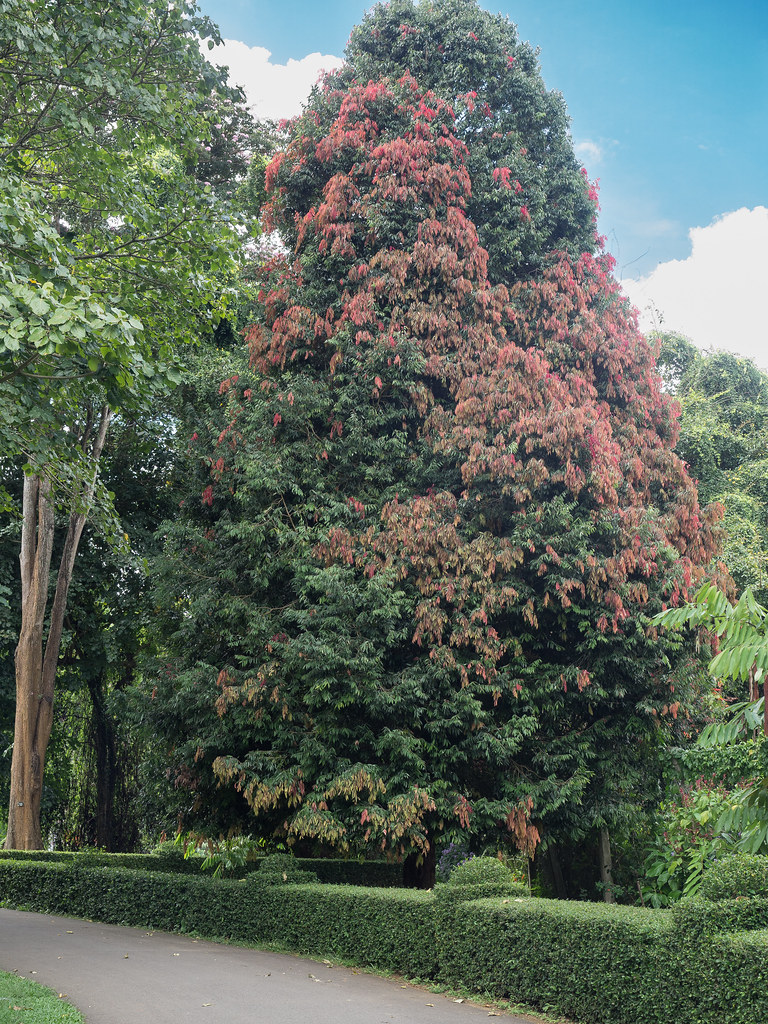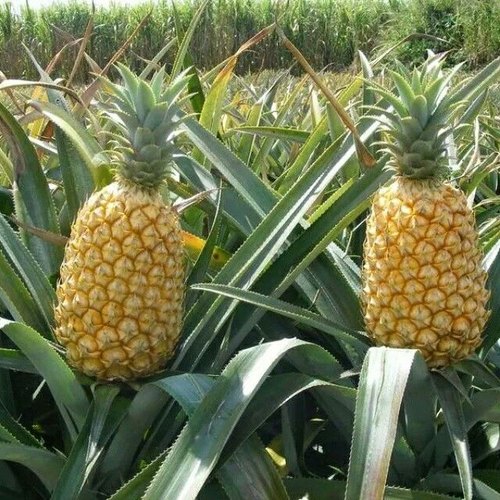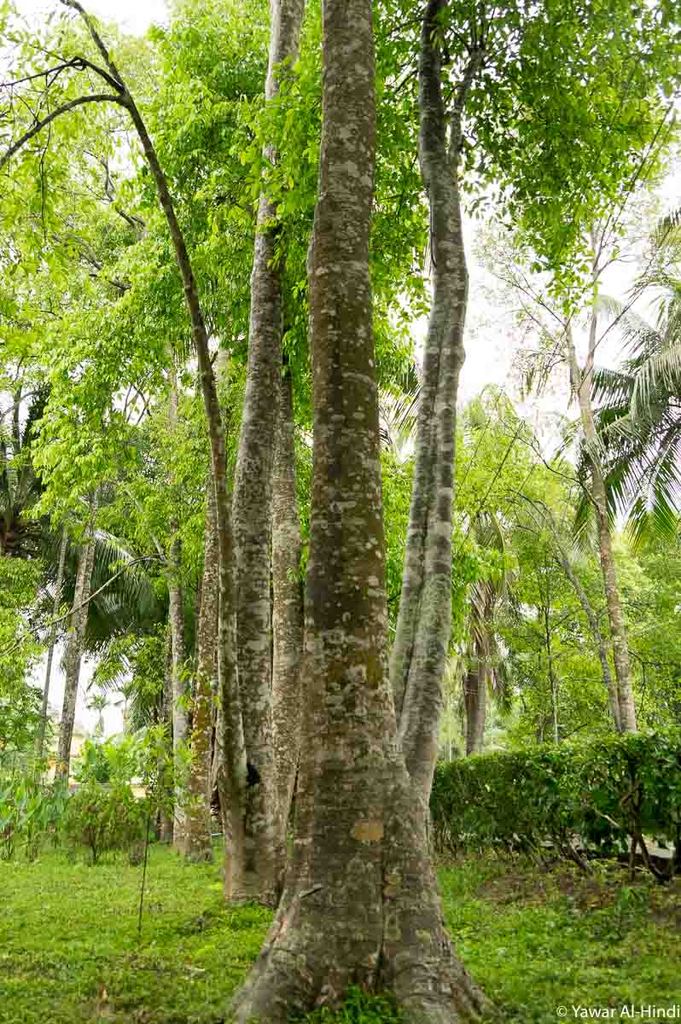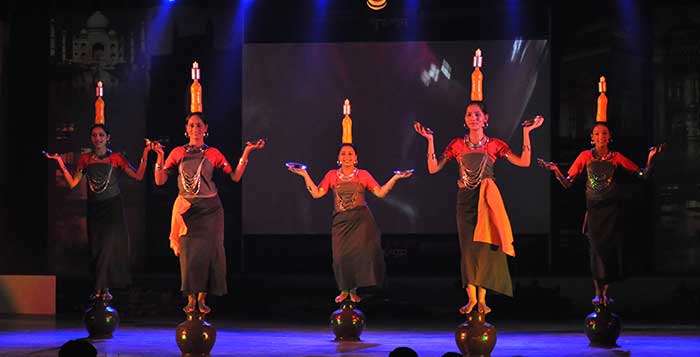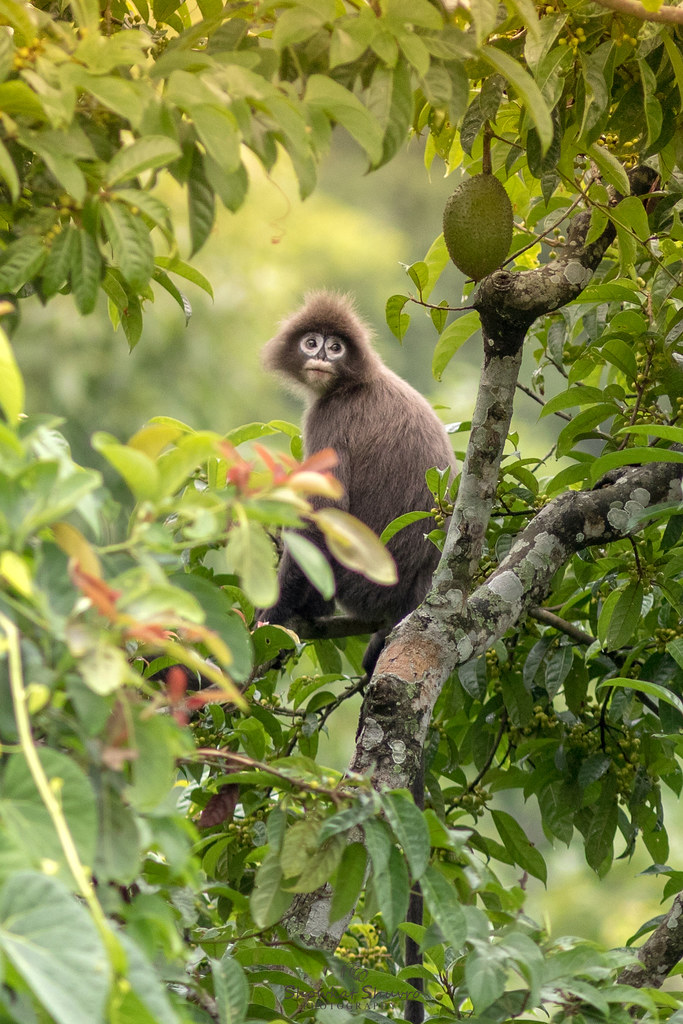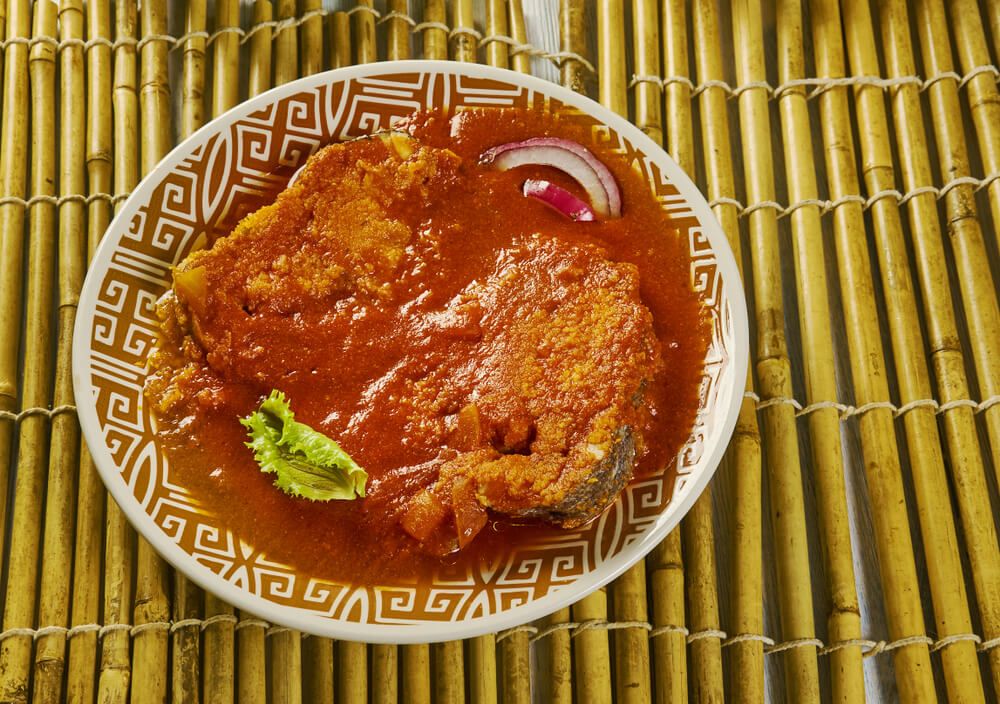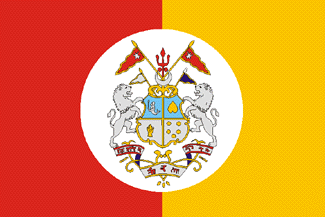State Symbols of Tripura
Last updated on January 22nd, 2023 by Editorial Staff
By | Updated on January 22, 2023
Reviewed by Rittika
Tripura
Tripura is one of India’s smallest states, located in the northeastern region. The state has a landmass of 10,491 square kilometers. Assam, Mizoram, and Bangladesh share the state’s border. Tripura has a population of only 0.3% of the country’s total population. Tripura gets its name from the ‘Tripui’ dynasty, which governed the region for a long time. Tripura was formerly part of a princely state that India later annexed following Independence. People from Bengal and indigenous Tripuri ethnicity make up the majority of the state’s population.
Tripura is surrounded by the states of Arunachal Pradesh, Assam, Manipur, Meghalaya, Mizoram, and Nagaland in North East India. The North-East Indian states were dubbed the “Seven Sisters” as a group. High-range hills, valleys, and water fountains abound in the state. Tripura is also the source of various rivers, including the Gumti, Muhuri, Feni, Dhalai, and Longai, which enrich the region.
Climate
The state of Tripura has a tropical Savannah climate, which means it gets a lot of rain. During the monsoon, the state is flooded by continuous rain. As a result, April and May are the warmest months in Tripura, with maximum daily temperatures in the lowlands in the low 90s F and lowest temperatures in the mid-70s F. January is the coolest month, with daily temperatures ranging from the low 50s F (about ten °C) to the upper 70s F (approximately 25 °C). The upland parts are cooler throughout the year. The state receives roughly 80 inches of rain per year, most of which is brought by the monsoon season, which blows from June to September. The north-central part of Tripura receives the greatest rainfall, while the southwestern region receives the least.
Culture
Tripura’s culture is diverse; the state is home to around 19 tribes who choose to live in the woods. They can be segregated into two groups: (i) Ab-unique and (ii) Immigrants. From a location in the middle of Tibet, all of the indigenous tribes have been transported to this domain. However, Tripuri, Rang, Dodge, Garo, Kuki, Uchoi, Manipuri, and Mizo tribes still prefer to live in the woods.
The majority of Bengali Hindus dwell in significant numbers here. The Bengali Hindus’ effect on Tripura’s culture can be recognized because the Bengali court and Bengali language were once widely used in the Tripuri king’s court. Hindus, Muslims, Buddhists, and Christians of all faiths coexist in this state.
Tripura is regarded as a rich state both historically and culturally. Folklore, mythology, songs, stories, and puzzles abound in this society. These stories are based on real-life events, and they include descriptions of the goddess, god, devil, witch, history, flora, animals, and galaxy.
People from all walks of life here take great care to keep their surroundings clean and pay close attention to the environment. Some people here believe that the Milky Way galaxy is on a path to death and that when they see a rainbow in the sky, it appears that it has gone to the ground to drink the water from a lake and that a storm is approaching where the devils live.
This state has a lot of historical and cultural sites that people want to visit. Ujjwanta’s palace library, which Nilmahal established, is the most famous location here for sculpting them.
Language
In North-Eastern India, Kokborok and Bengali are the only languages spoken. Aside from that, other languages are spoken as well. However, for official purposes, people employ the English language.
However, the majority of the people here speak Kokborok. In addition, the people commonly speak the Bengali languages Sabroom and Chakra of this group. Some people also speak Rankahal and Halam.
Cuisine
Fish is a staple of the Tripura diet, particularly among the tribals. Small fish are plentiful in the streams surrounding the settlement, thanks to the North East’s abundance of natural resources and water. Tribals enjoy staying in the beautiful green forests with small waterfalls during the monsoon season in quest of fresh small fish. They catch so many fish with a net that they can use it in small quantities all year. These fish are high in protein and Omega 3 fatty acids, and they also taste great. ‘Godok’ and ‘Eggu’ are two Tripura delicacies that involve tiny fish.
Fairs and Festivals
In Tripura, Hindus make up roughly 84% of the population. The primary festival is Durgapuja. However, Kharchi Puja is one of Tripura’s most prominent festivals. Every year on December 25th, it is commemorated. On this day, it is said that Lord Krishna used his ‘Sudarshan chakra’ to destroy the demon Narkasur, who ruled Goa. Kharchi Puja is a Hindu festival that takes place every year. The most well-known festivals include Durga Puja, Navaratri, Vijayadashami, Dol Jatra (Holi), Pous Sankranti, Ashokashtmi, and Diwali. Gadiya (April) and Kas (June or July) are the two primary annual festivals in which animal sacrifices are performed.
Tourism
Tripura’s natural beauty, gardens, hills, wildlife, palaces, and temples never fail to entice visitors worldwide. The Mahabharata mentions the state as well. This demonstrates the state’s long history. Many people come from all around the country to see the sights here. Although this state was founded only a few years ago, it has a long history. Because people used to refer to this state by numerous names in the past. The state is known for its numerous palaces, temples, museums, and hill stations. The weather is also extremely pleasant here. Neermahal, Kunjwan, Jagannath Temple, Rak Murthy of Unakoti, and Tripureshwara Temple are among Tripura’s most popular tourist attractions.
Resources
The state’s climate is ideal for growing a variety of fruit and horticulture crops. Natural resources abound, including natural gas, rubber, tea, and medicinal plants. Natural gas deposits, glass sands, limestone, plastic clay, and hard rock are also abundant in the state. Rice, jackfruit, pineapple, potato, sugarcane, chili, and natural rubber may all be grown in the state due to favorable climatic conditions. Rice is the state’s most important crop, accounting for 91% of all planted land.
State Information
| Official Language | Bengali, Kokborok (Tripuri), English |
| State Rank | 27 |
| Demonym(s) | Tripuri, Tripuran |
| Nickname | Hill Tipperah |
| ISO | IN-TR |
| Formation Date | 21 January 1972 |
| Coordinates | Lat: 23.9408° N, Long: 91.9882° E |
| Area |
State seal
Motto of Tripura
Satyameva Jayate- "Truth alone triumphs"
State symbols of Tripura 👇
-
State capitalAgartala
-
State birdGreen imperial pigeon
-
State flowerCeylon ironwood
-
State fruitQueen Pineapple
-
State treeAquilaria malaccensis
-
State danceHojagiri
-
State animalPhayre's leaf monkey
-
State dishMui Borok

